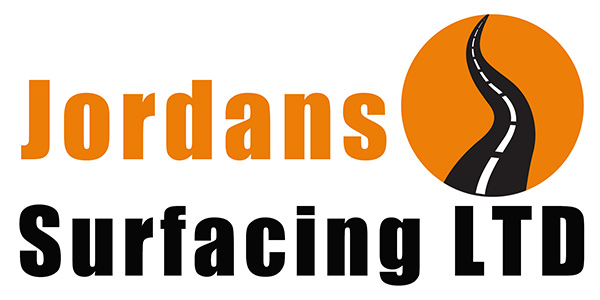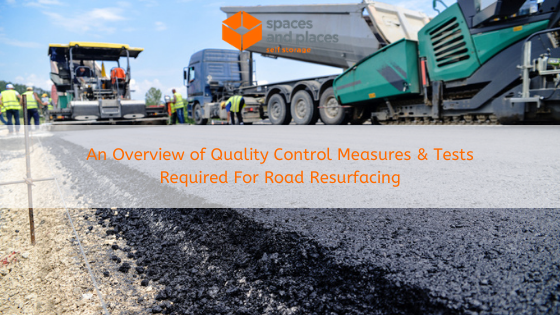Regardless of the field that we are discussing, quality is the primary requirement. In this article, we take a look at the quality control measures and tests required for tarmac resurfacing. The information shared is vital for both experienced experts and amateurs.
1. Check Amount of Asphalt Without Core
Core removal is the test carried out once the asphalt mixture has been evenly spread and left to dry. On the paved surface, you want to randomly determinate points and create holes in the place. Take out a section of the mixture on the surface and base layer.
Find out if the aggregate in the model sampled meets the required particle size. This step is important because road surfacing contractors use it to find out the quality of both the surface and base layers.
2. Test the Compaction Degree of Roadbed in Field Density Test
This test is carried out following the roadbed finishes. To complete this test, you want to drill a hole in the compacted roadbed in order to cover a section of the roadbed material and use sand to fill up the empty hole.
This technique is known as the substitution method, and the volume is first determined based on the amount of sand used to fill the hole. Divide the recovered roadbed by the volume that was determined beforehand. This will help you find out the density of the material.
3. Check The Failure of Roadbed by Pulling the Flooring
This is known as the pull flooring test and is carried out before the laying of the asphalt mixture when the roadbed is still exposed.
To start, pass out a heavy dump truck over the roadbed’s crushed stone and observe if there are any problems on the compacted roadbed.
Visual observation is used during the examination. Suppose you notice any defective section on the surface of the roadbed, you need to consider removing and replacing the material used in that part with another one of high quality. This method is easy to carry out since it does not need any calculation.

